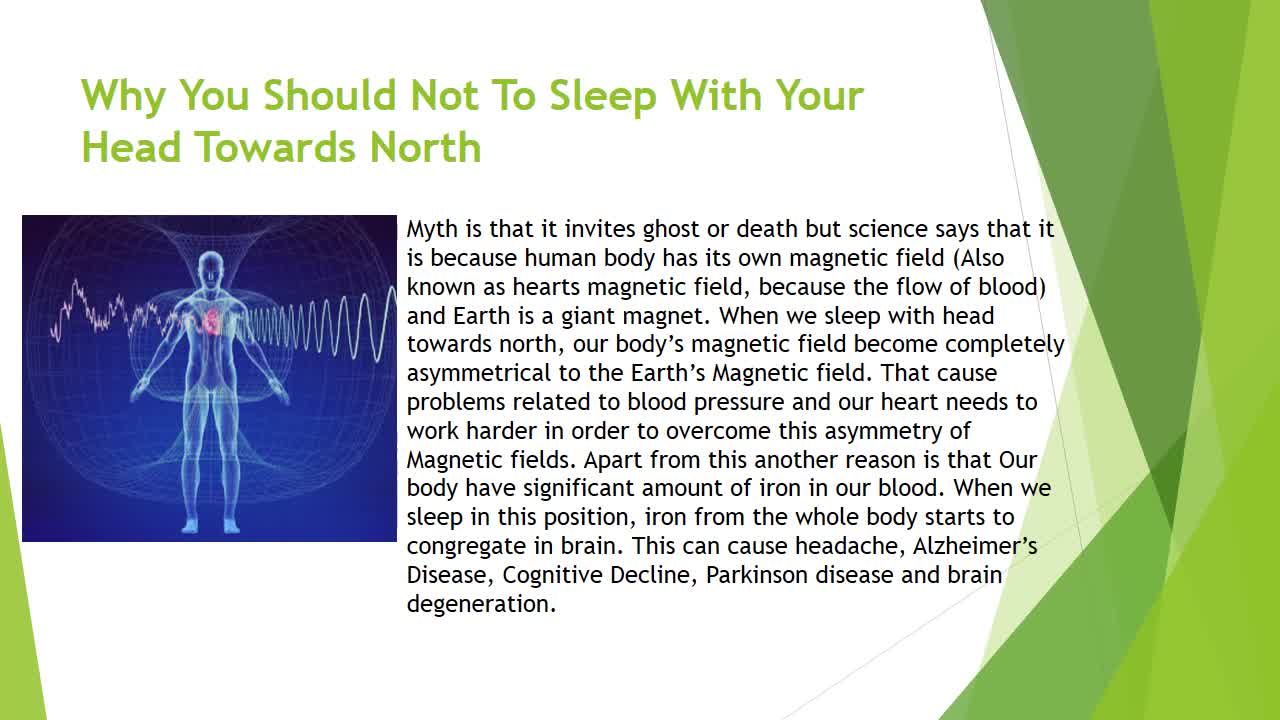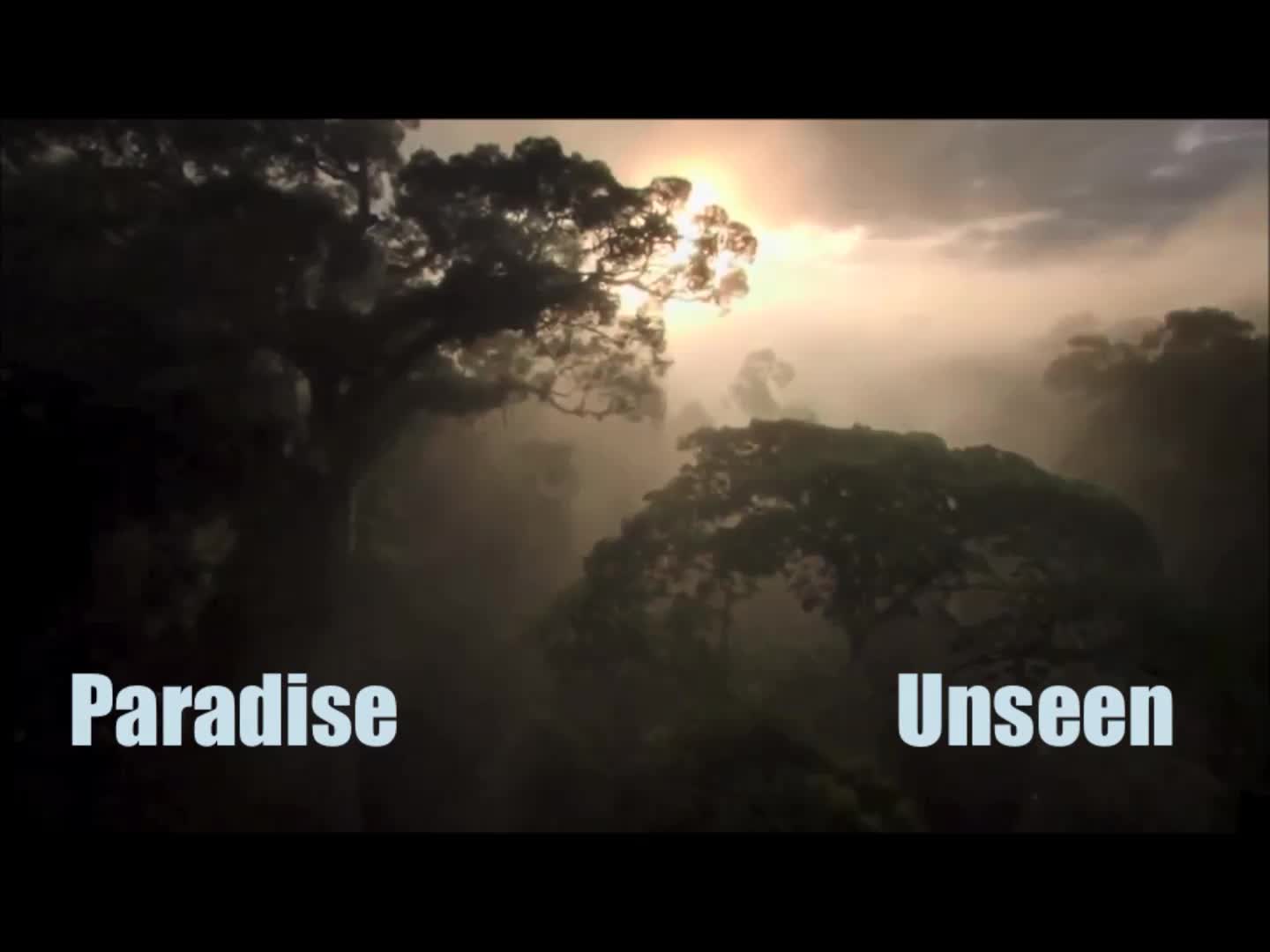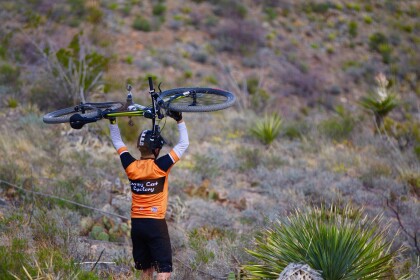Report this entry
More from the same community-collection
El Paso by Marty Robbins - El Paso, Texas
45 Record of the song El Paso by the legendary singer Marty ...
Belen Robles and Bill Clinton in 1997
President Bill Clinton met with LULAC President Belen Robles at ...






























Comments
Add a comment